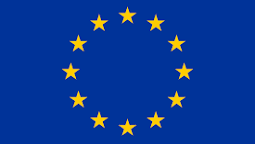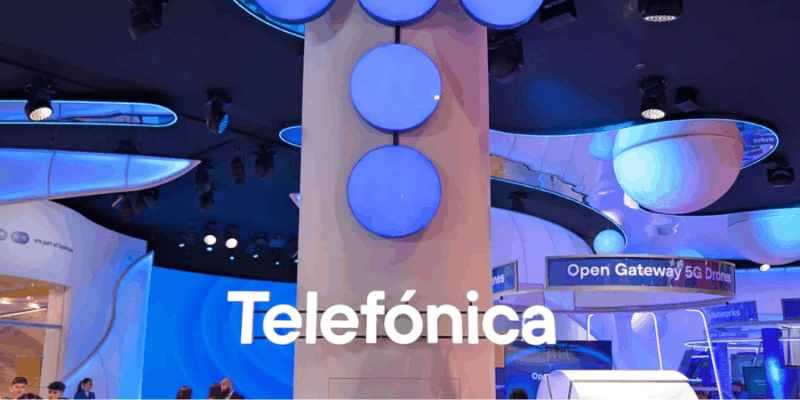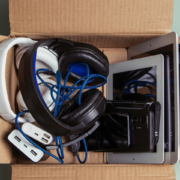Telefónica has invested €77 billion over the past ten years to build resilient, high‑quality digital infrastructure aligned with the UN Sustainable Development Goals (SDGs). The operator frames the SDGs as a competitive lever, saying responsible digitalisation strengthens both business performance and societal outcomes. Its strategy centres on SDG 9 (industry, innovation and infrastructure), widening access to connectivity in cities and rural areas while creating quality jobs and stimulating economic growth across its markets.
The group now counts close to 350 million accesses and has passed 81.4 million premises with fibre-to-the-home, underpinning one of the world’s largest ultrabroadband footprints outside China. In core markets, 4G reaches 98% population coverage, with rural mobile broadband at 95% in Spain, 99% in Germany and 85% in Brazil. Spain remains the fibre flagship, enabling copper switch‑off and setting a European benchmark for advanced broadband that supports national digital transformation.
Telefónica ties connectivity to social inclusion through SDG 4 (education) and SDG 5 (gender equality). Fundación Telefónica programmes trained 1.16 million people in 2024 to boost employability and reduce the digital divide. Internally, the company reports notable diversity progress: women now hold 34% of executive roles, up from 19.1% in 2015, reflecting a decade of efforts to broaden representation in leadership.
On climate, Telefónica is pursuing net‑zero by 2040, a target it says is a decade ahead of global agreements. Between 2015 and 2024, it cut CO2 emissions by 52% across its operations and value chain, while reducing energy per unit of traffic by 90% despite surging data volumes. The operator positions these results as core to its “Building a greener future” pillar, arguing that efficient networks and responsible digitalisation are essential to meeting the SDGs and sustaining long‑term growth.


 Europe
Europe








